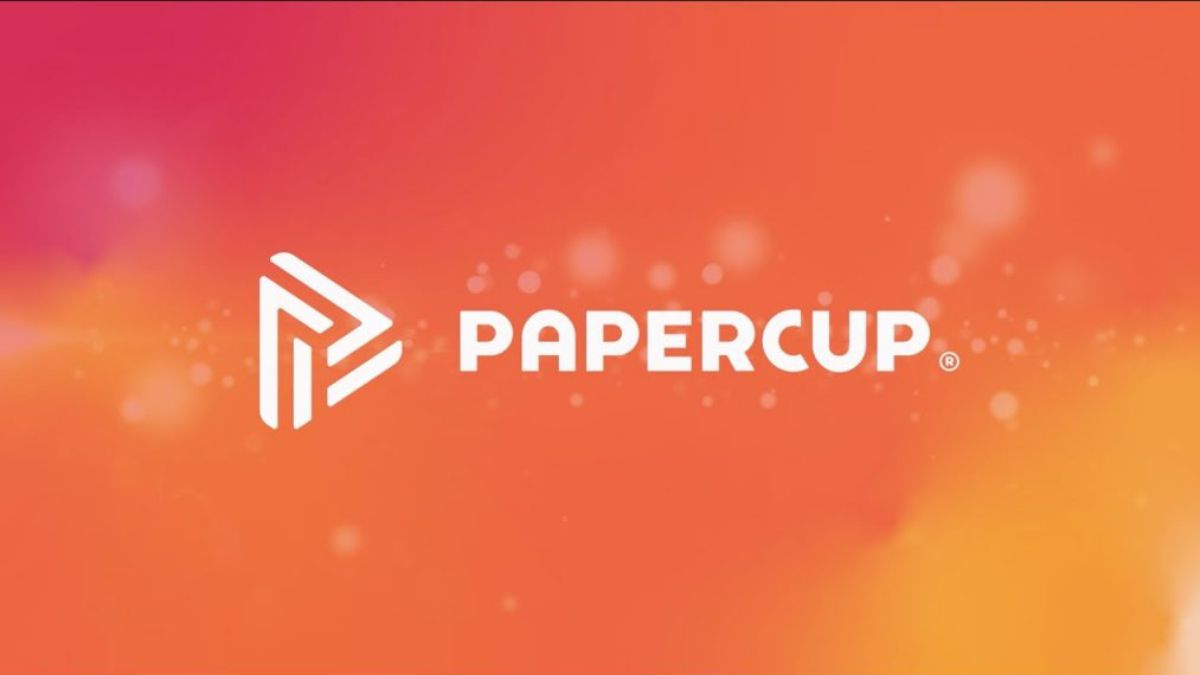In a world that is increasingly interconnected, global communication has become more important than ever. However, language barriers have always been a hurdle in effective communication. With the advancement of technology, AI dubbing has emerged as a game-changer for global online communication. This groundbreaking technology has the potential to revolutionize the way content is localized and consumed across different cultures and languages.

The Rise of AI Dubbing
AI dubbing, also known as automated or artificial intelligence dubbing, is a technology that uses machine learning algorithms to automatically synchronize and replace the original audio content of a video with a translated version in a different language. This process enables content creators to reach a global audience without the need for costly and time-consuming manual dubbing.
How AI Dubbing Works
AI dubbing works by analyzing the audio and video content of a source video and creating a voiceover that matches the lip movements of the original speaker. The technology uses natural language processing and speech synthesis to generate high-quality translations that sound as natural as possible. By leveraging AI dubbing, content creators can efficiently localize their videos for different markets and expand their reach worldwide.
The Benefits of AI Dubbing
- Cost-effective: AI dubbing significantly reduces the cost of traditional dubbing services, making it more accessible to content creators with limited budgets.
- Time-efficient: AI dubbing automates the dubbing process, allowing content creators to localize their videos in a fraction of the time it would take through manual dubbing.
- High-quality translations: AI dubbing technology continues to improve, producing accurate and natural-sounding translations that enhance the viewing experience for global audiences.
- Scalability: AI dubbing can handle large volumes of content simultaneously, making it an ideal solution for content creators looking to scale their global reach.
The Impact of AI Dubbing on Global Online Communication
The adoption of AI dubbing has the potential to transform global online communication in several ways. As more content creators embrace this technology, we can expect to see the following impacts:
Enhanced Accessibility
AI dubbing makes content more accessible to a global audience by breaking down language barriers. Viewers from different regions and language backgrounds can now enjoy the same content in their native language, promoting inclusivity and diversity in online communication.
Increased Engagement
By localizing their content through AI dubbing, content creators can engage with a broader audience and boost viewer engagement. Studies have shown that viewers are more likely to watch videos in their preferred language, leading to increased watch time and audience retention.
Market Expansion
AI dubbing enables content creators to expand into new markets and reach audiences that were previously out of reach due to language barriers. This opens up new opportunities for growth and revenue generation in the global market.
The Future of AI Dubbing
As AI dubbing technology continues to advance, we can expect to see further improvements in the quality and capabilities of automated dubbing solutions. Some key developments to watch for in the future include:
Real-time Dubbing
Advancements in AI technology may enable real-time dubbing, allowing content creators to dub live streams and events instantaneously. This could revolutionize the way online content is localized and consumed in real-time across the globe.
Customizable Voices
AI dubbing solutions may offer customizable voice options in the future, allowing content creators to choose from a variety of voices and accents to better match the tone and style of their content.
Improved Accuracy
AI dubbing algorithms will continue to improve in accuracy and naturalness, reducing errors and producing translations that closely match the original audio content.